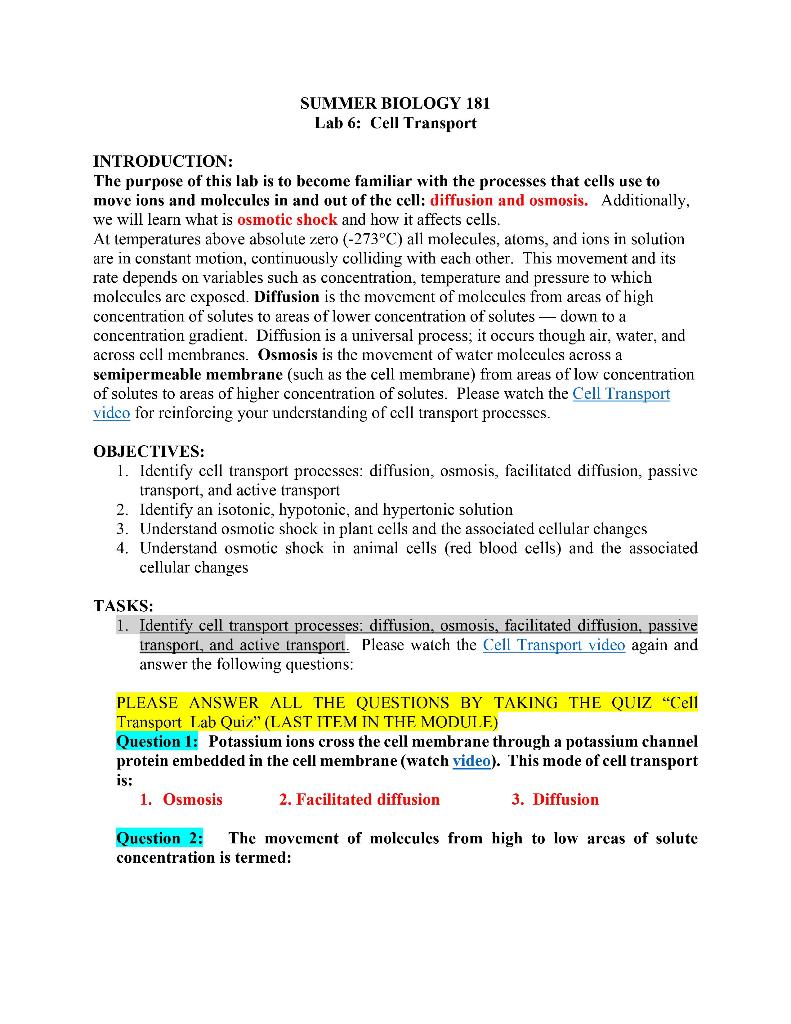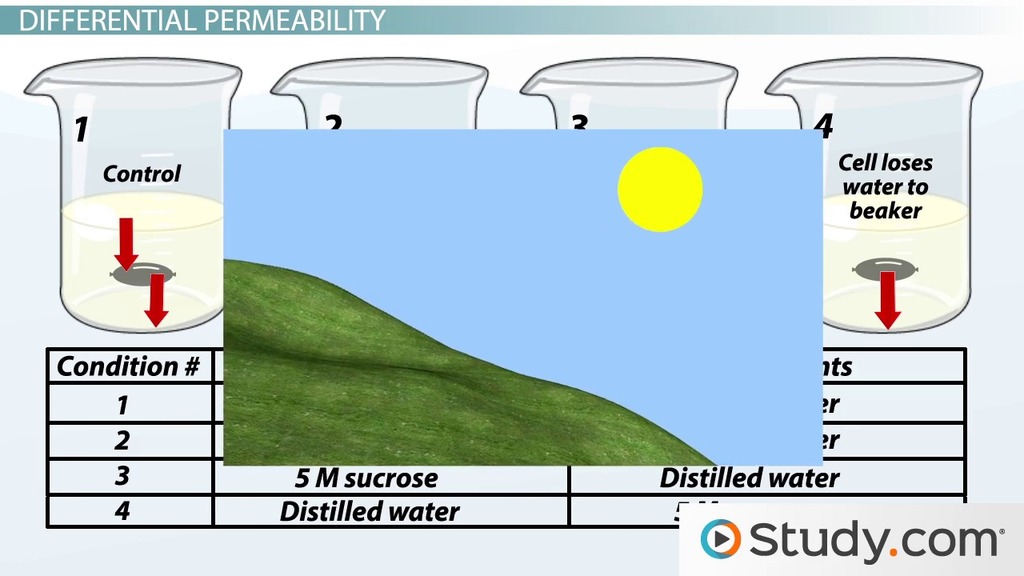Diffusion and osmosis are fundamental processes that occur in various biological systems. These processes are heavily dependent on gradients, which play a crucial role in enabling the movement of molecules or solutes from areas of high concentration to areas of low concentration. This article explores the significance of gradients in diffusion and osmosis and how they contribute to the functioning of living organisms.
Understanding Diffusion
Diffusion is the spontaneous movement of molecules or particles from an area of higher concentration to an area of lower concentration. It occurs in both gases and liquids and is driven by the random motion of individual particles. The presence of a concentration gradient, where there is a difference in solute concentration between two regions, is necessary for diffusion to occur.
Gradients play a crucial role in diffusion as they provide the driving force for the movement of molecules. Without a concentration gradient, diffusion would not take place, and essential processes such as gas exchange in the lungs and nutrient uptake in cells would be severely impaired.
The Role of Osmosis
Osmosis is a specific type of diffusion that involves the movement of water molecules across a selectively permeable membrane. It occurs when there is a difference in solute concentration between two solutions separated by a membrane. Water molecules move from an area of lower solute concentration to an area of higher solute concentration until equilibrium is reached.
Gradients are essential in osmosis as they create the necessary conditions for water movement. When there is a higher concentration of solutes on one side of the membrane, the area becomes hypertonic, creating an osmotic gradient. This gradient drives the movement of water molecules towards the hypertonic area, allowing for proper hydration and regulation within cells and organisms.

Credit: www.learnsci.com
Maintaining Cellular Homeostasis
Gradients are crucial for maintaining cellular homeostasis, which refers to the stable internal environment required for the proper functioning of cells. Cells need to regulate their internal solute concentrations to ensure optimal functioning.
Through diffusion and osmosis, cells can achieve homeostasis by selectively allowing the passage of specific molecules and controlling the movement of water. For example, when a cell is placed in a hypotonic solution (lower solute concentration), water molecules move inside the cell due to the concentration gradient, preventing the cell from bursting.
Active Transport and Gradient Potential
In addition to passive processes such as diffusion and osmosis, active transport also relies on gradients to transport molecules against their concentration gradient. Active transport requires energy and specialized proteins called pumps, which actively transport ions or molecules across the cell membrane against the natural concentration gradient.
Gradients are crucial for active transport, as they provide the energy required for these pumps to work effectively. By establishing and maintaining concentration gradients through various processes, living organisms can carefully regulate internal environments, allowing for proper metabolic activities and overall survival.

Credit: www.chegg.com
Frequently Asked Questions For Why Are Gradients Important In Diffusion And Osmosis : Key To Cellular Transport
How Do Gradients Impact Diffusion?
Gradients drive the movement of substances from high to low concentration, facilitating diffusion.
Why Are Gradients Important In Osmosis?
Gradients control the movement of water across the semipermeable membrane in osmosis, maintaining cellular balance.
What Role Do Gradients Play In Biological Systems?
Gradients establish concentration differences critical for nutrient uptake, waste removal, and cell function in biological systems.
Where Can Gradients Be Observed In Everyday Life?
Gradients are evident in processes such as air and water filtration, gas exchange in lungs, and waste removal in kidneys.
Conclusion
Gradients are of paramount importance in diffusion and osmosis. They provide the necessary driving force for the movement of molecules and water, allowing for proper nutrient uptake, waste removal, and the maintenance of cellular homeostasis. Understanding the significance of gradients in these processes is crucial for comprehending the intricate mechanisms that support life at the molecular level.

